Papaveraceae family
I love all types for their varied colours and colour combinations, from pale pink (blue) through to red, red and black (often referred to as ladybirds), to purple, and yellow and orange of the Welsh variety. I also like the varied leaf shapes, either lobed, dissected or toothed from glaucous green/grey and flat, to dark green and spiky.
The poppy family is large group of annuals, perennials and biennials poppies which includes the annual orientals (Papaver orientale), native to Turkey and from which we get opium, morphine, heroin, codeine and papaverine plus poppy seed and oil for eating/cooking and birdseed; field or corn poppies (P. rhoeas); Iceland poppy (P. nudicaule); and the Welsh and Himalayan (Meconopsis). There is also the Californian poppy but this is another flower species altogether (one I will come back to at a later date.)
Most types are growing in my garden, either self-sown thanks to the birds, wind and neighbours or grown from packets of mixed wildflower seeds. I also have two perennials which were purposely grown for a display a few years ago, of which I managed to salvage and transplant. My current favourite is the frilly fringed pom pom ones, Papaver somniferum, which magically appeared in my garden last year. I left a few to self-seed and collected the seeds from the remainder. Sadly, while de-seeding the last one, I dropped the container onto the ground. Seeds lost. Oddly, none have appeared this year where the jar fell. I shall not make the same mistake this year.
With most of my plants, I believe in copying nature and let the seeds disperse and propagate where they will. If I am scattering seeds (of any plant) I do it when they are naturally shedding, typically late summer/autumn) and leave them to it. I believe that Mother Nature knows what it’s doing and plants will germinate where they are happiest. I deadhead during the flowering period, so the plant’s energy goes into developing more flowers rather than seed, then let the last few flowers go to seed. After the orientals and perennials have flowered (typically May time) I cut them down to ground level for often they will regrow to give another display later in the season and the new leaves help to feed next year’s flowers.
There’s always room in my garden for poppies.
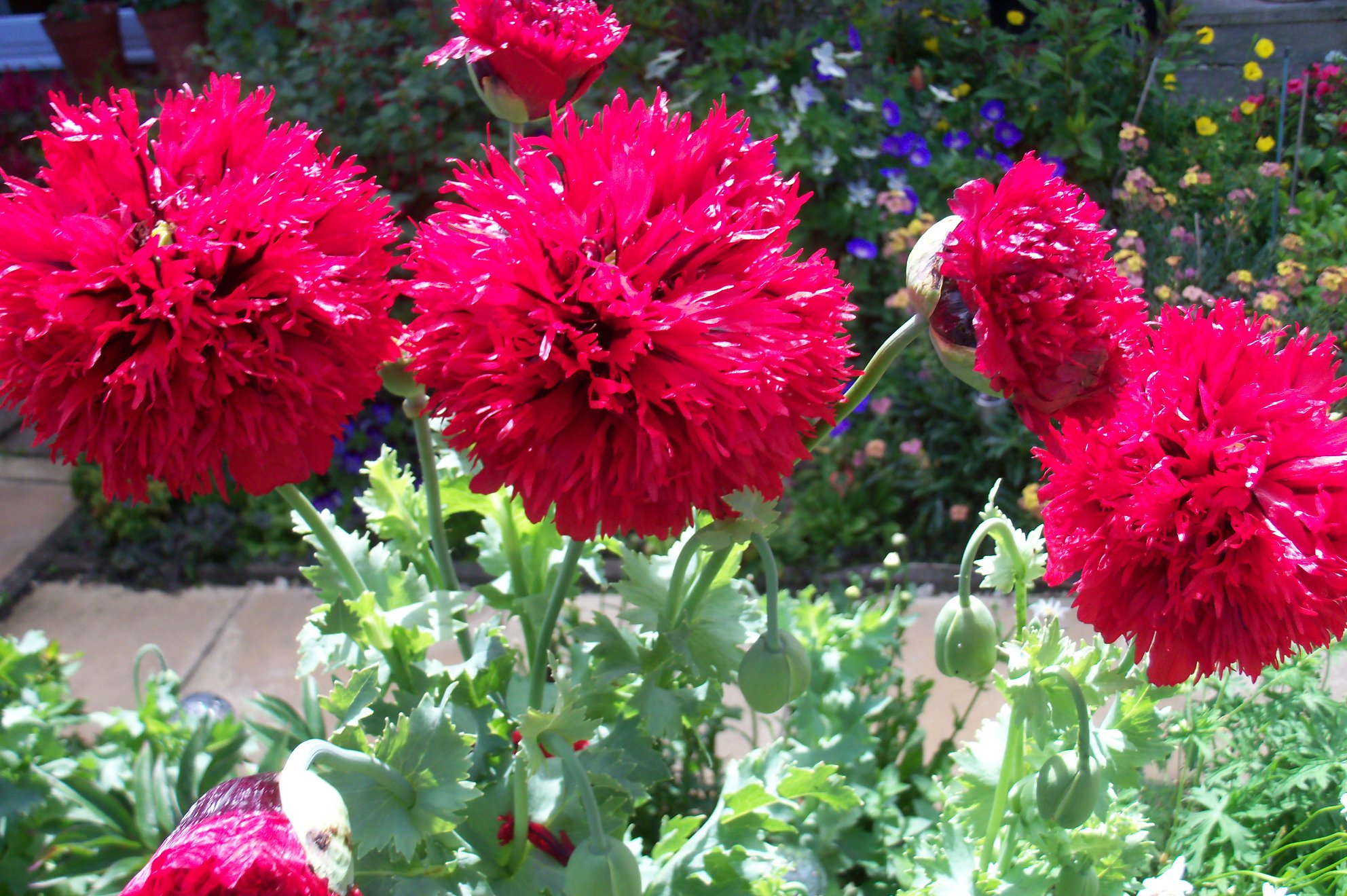

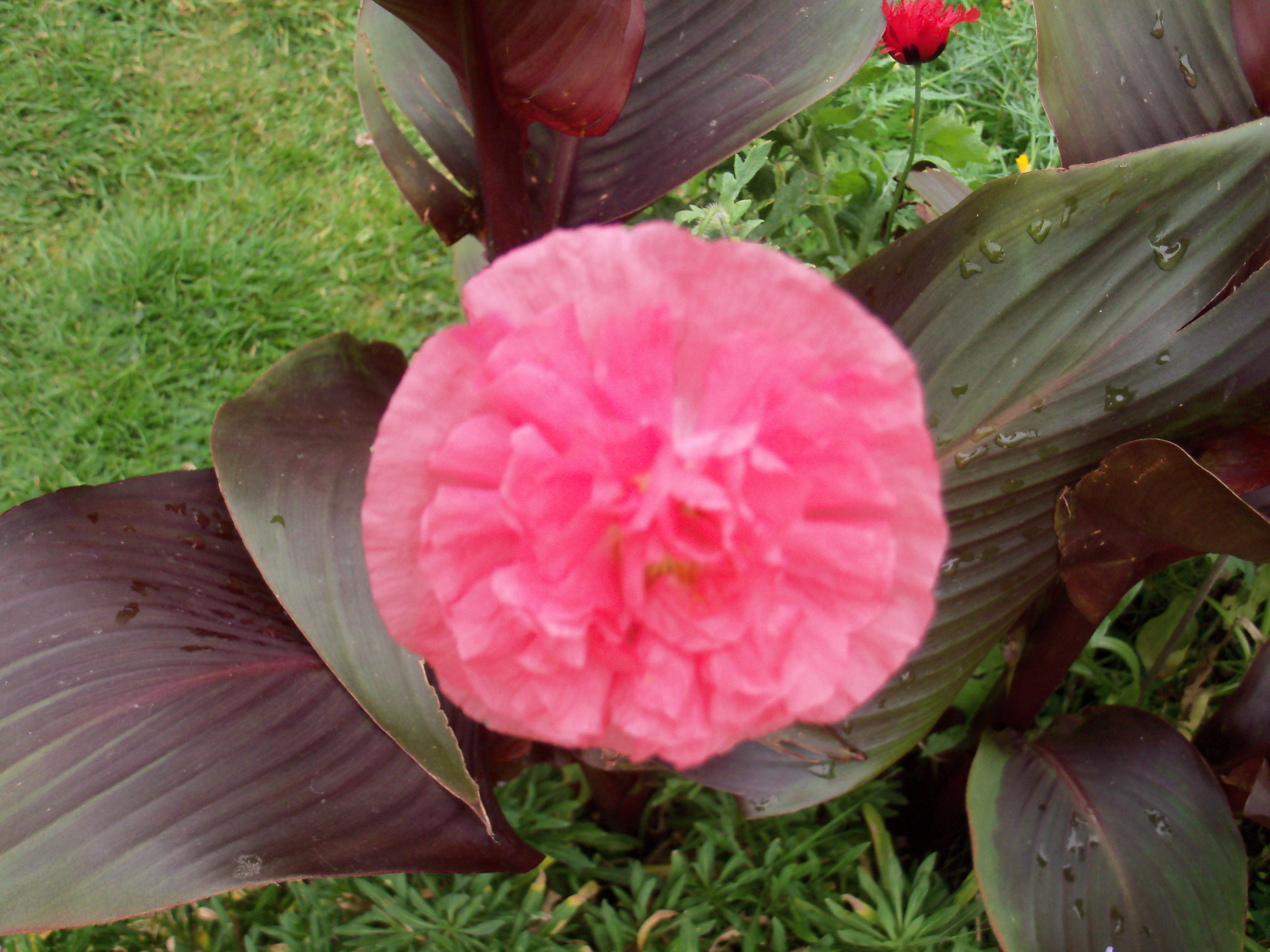
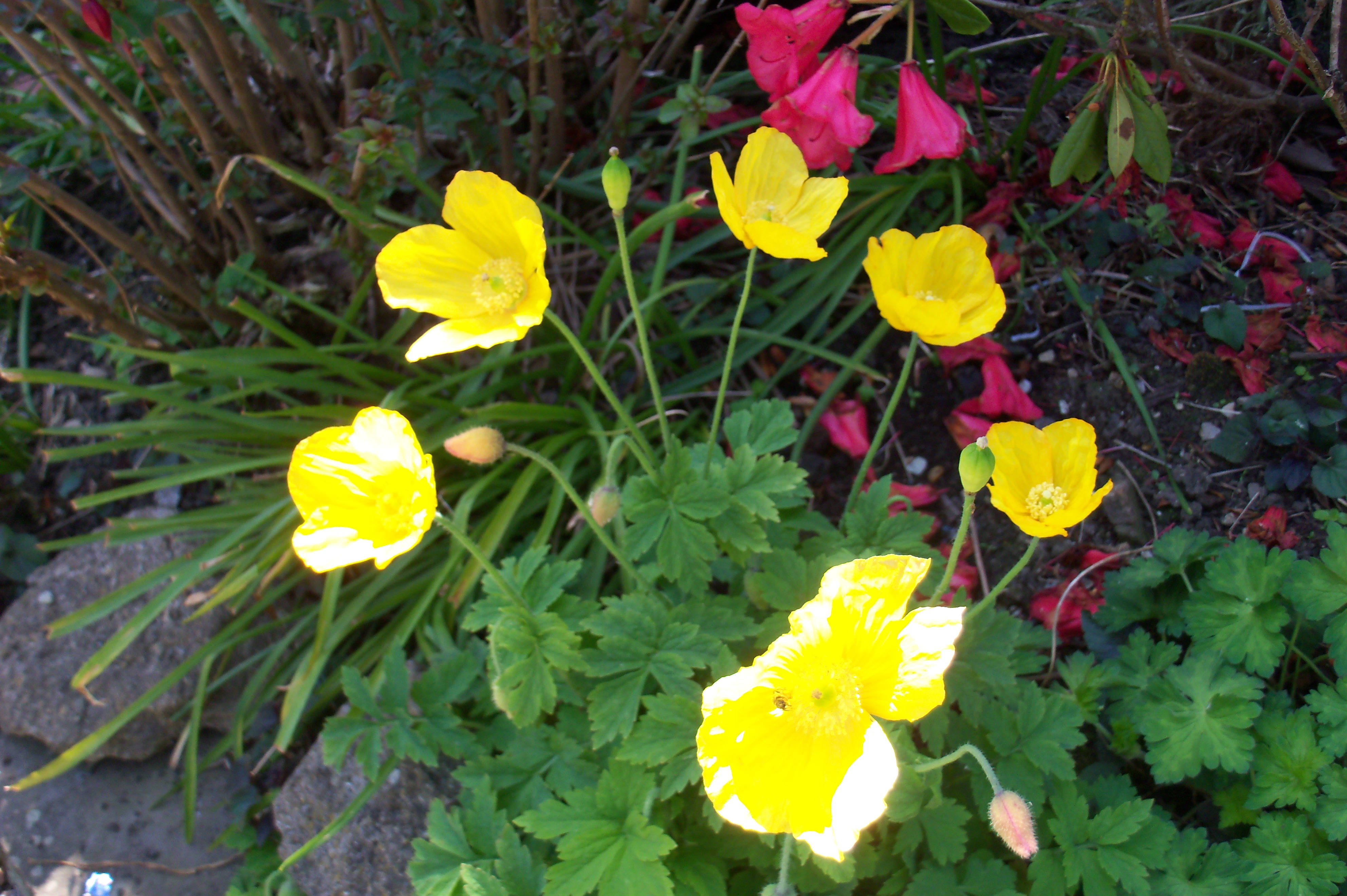



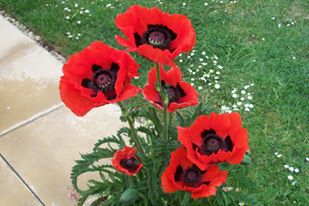

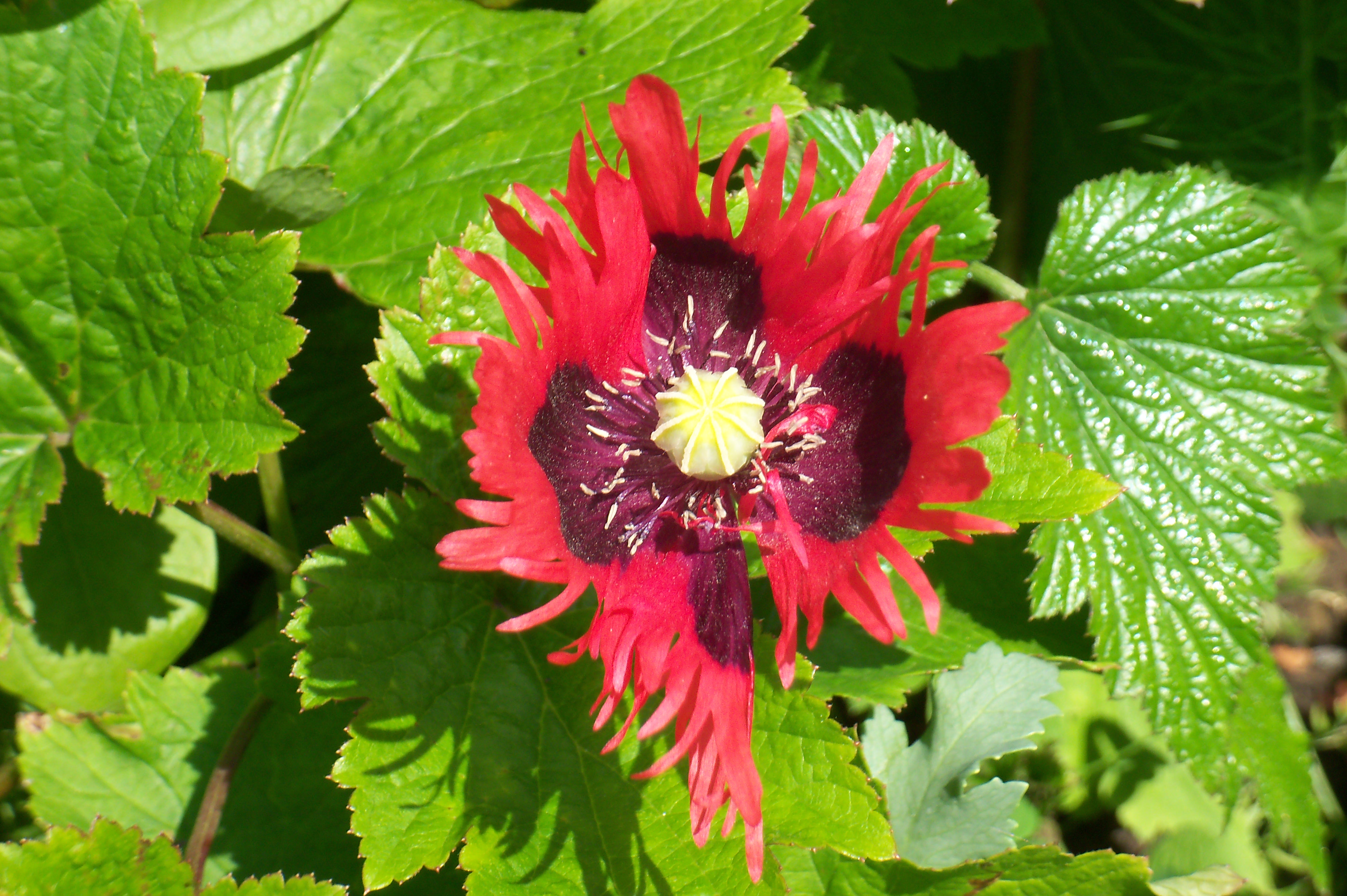
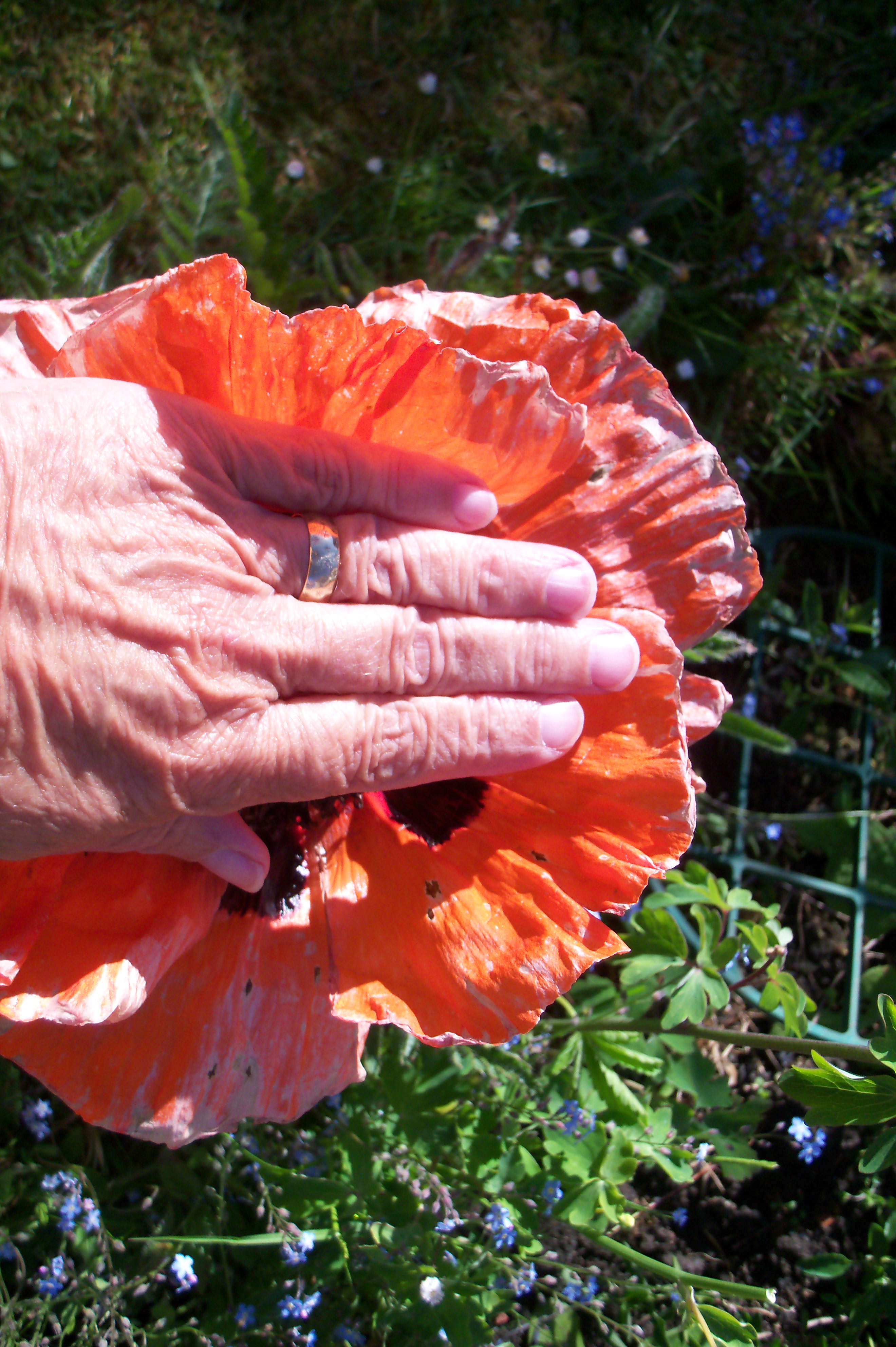
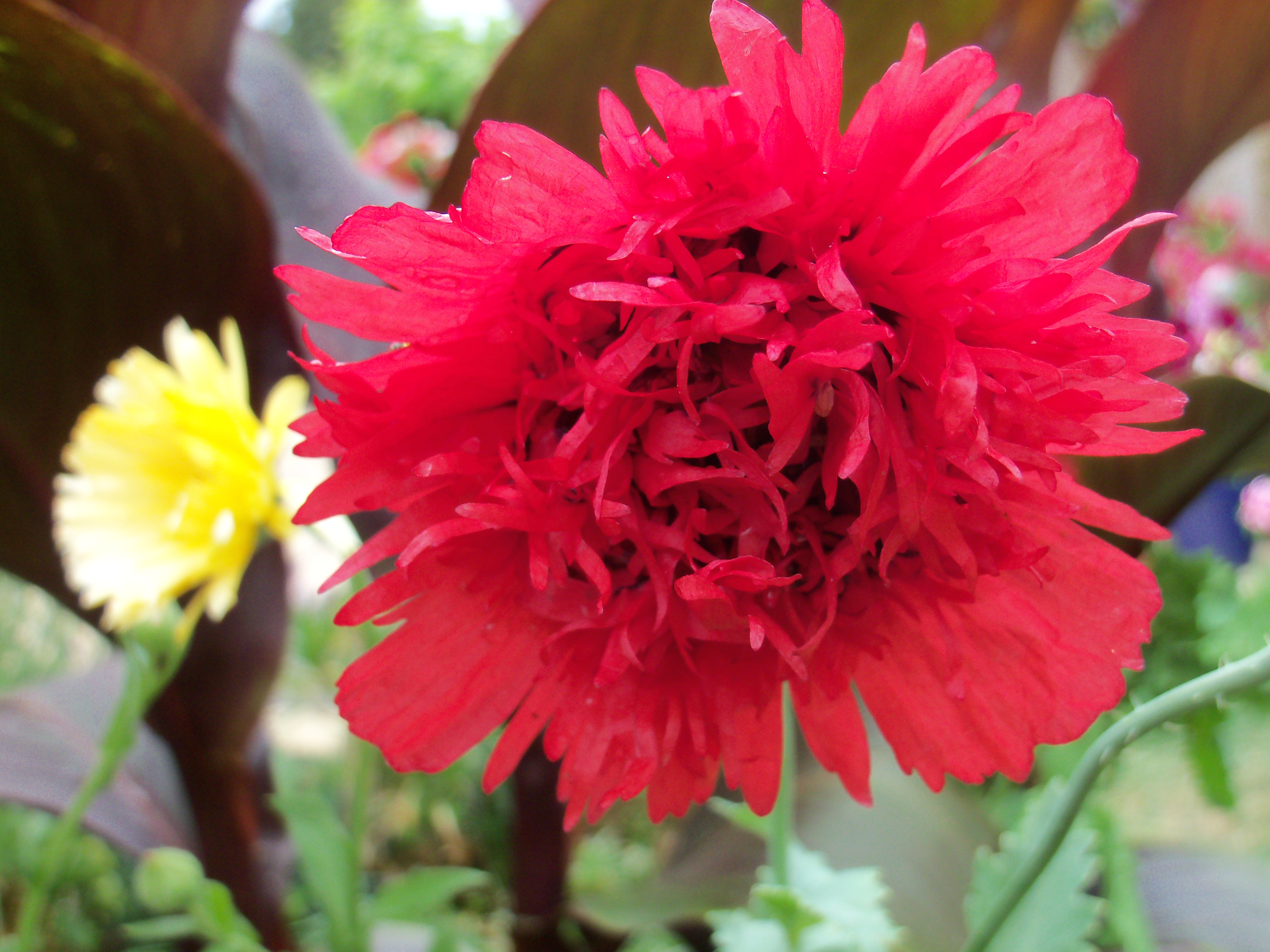


All beautiful. xxx
LikeLike
Thank you, Pauline. Poppies always make me feel happy!
LikeLike
Gorgeous colours Kit. You definitely have green fingers with all the beautiful flowers and shrubs in your garden. I tried growing Himalayan Blue Poppies last year. They had be put in the fridge first before being transplanted into the garden. Unfortunately this was not one of my most successful ventures!
LikeLiked by 1 person
Thanks. I have yet to try growing Himalayan Blues. They are certainly on my must try list!
LikeLike